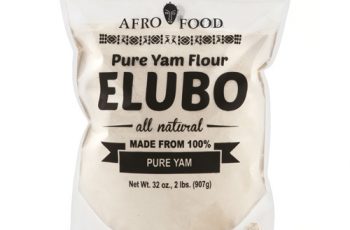How To Start Successful Plantain Farming Business In Nigeria
Plantain farming business is one of the most overlooked ways to make money in Nigeria. Plantain farming business is not capital and time intensive compared to other cash crops. Let’s show you how it works.
Experience over time has proven that plantains thrive on almost all soils in Nigeria. Plantain farming business is not capital intensive and the basic requirement is a piece of land with loamy soil.
One of the important staple foods in the world are plantains. It is ranked tenth by world standards and mostly cultivated in the tropical regions. Plantains are similar to potatoes in its natural flavour and texture when the unripe plantain is cooked. This similarity makes both to be treated in the same way.

Plantains produce fruits in all seasons, this serves as an advantage for developing nations who lack adequate food storage, preservation technique and transportation. Plantains and bananas account for over 25% of the carbohydrate needs of more than 700 million people in Africa.
It is often said that plantains do not do well in tropical soils but the warm temperature, bright sun and adequate moisture found in the tropical regions are good for the cultivation of plantains.
According to scientists, the soil found in tropical regions of the world, including the plantain producing regions of southeastern Nigeria is characterized by poor nutrient content. Although, experience has proven otherwise because plantain farms grow well on most nigerian soils.
What You Need To Start Plantain Farming Business
Below are the requirements to cultivate a plantain plantation;
1. Land With Good Soil
For plantain farming business, loamy soils produce excellent results due to its good organic to inorganic ratio. The presence of organic matter like decaying plants and insects in soil makes it retain air, nutrients and water. When these are mixed with mineral particles, it makes the soil loose and fertile.
Plantains may not survive for as long as three years in the tropical rain forest parts of Nigeria.This is because the organically rich soils present there are shallow. As a result of this, the plantains die due to the depletion of the organic layer. Therefore, the soil should be enriched with compost and mulch to avoid this.
2. Prepare The Soil
To prepare the soil, the first thing that should be done is to clear the land. The plan is to create an environment of shelter for the plantain plants. This is because plantain plants grow in groups and this helps them to shield each other from harsh sun rays.
Humidity maintenance is important in plantain farming business, when the land is cleared for planting, some trees can be left so it can be used to shelter the young plantain plants from excessive sun rays.
3. Get The Plantain Suckers
Plantain plants are grown using suckers and not seeds like majority of plants. The suckers are gotten from dying mature plants and transplanted. When choosing suckers, look out for plants that are vigorous, about four feet high and have small spear shaped leaves.
A growth known as a corm is found at the base of every mature plantain tree. When transplanting a sucker, in order to get more corm and root it is important to cut downwards. After planting, the suckers can be cut or decapitated to aid good evaporation. The plants should also have a spacing of two to five metres. Planted suckers should be kept moist but not soggy due to the absence of leaves for evaporation.
4. Control The Weeds
Weed management is also an important part of plantain farming business and could account for up to 45% of the total management cost. The traditional method of weed control which is employment of labourers is the best option.
The plantain plants need to be sheltered from strong winds and also be kept moist. Fertilizers are good but merely throwing back dead leaves into the soil will go a long way in enriching the soil.
Plantain farma don’t require any form of serious pruning. All that needs to be done is to remove dead leaves and plants around the plantain plant. Suckers from plants should also be removed, you can keep few of them that posses spear shaped leaves.
Use of fertilizers is also important in plantain farming business. NPK fertilizer or a fertilizer mixed with Nitrogen, phosphorus and potassium is more effective. Fertilizers should be applied once a month and it should be applied in a circle about four to eight feets from the trunk.
In a period of eight to ten months the plantains are ready to be harvested. As the plantains are harvested, new ones grow in their place and the life cycle is repeated without having to replant again. This process is also used in banana farming.

